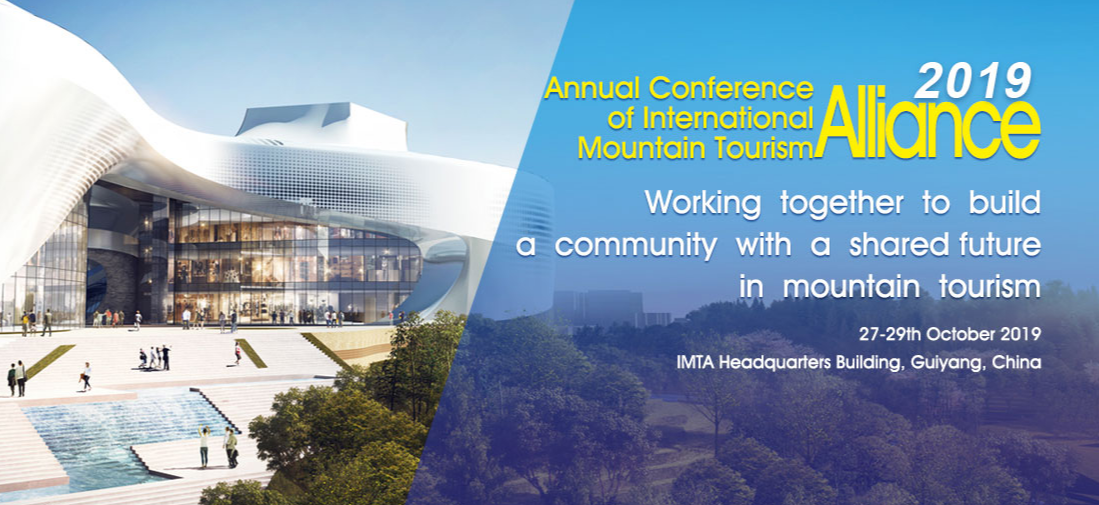Chongqing, a metropolis of more than 30 million people in Southwest China, is different from other Chinese cities. With unique natural sceneries and places of historical interests, Chongqing possesses rich local cultural color. The city has become a popular tourist destination at the upper reaches of the Yangtze River best known for its spicy food and steep hills.
When the night falls, the city is transformed into a sea of lights. Decorative lights, lanterns, roadside lamps, bridges and towers all combine to form a myriad of twinkling lights, each one representing a part of the city's past and present. The city never sleeps, always remaining awake and wary of the looming mountains surrounding it.
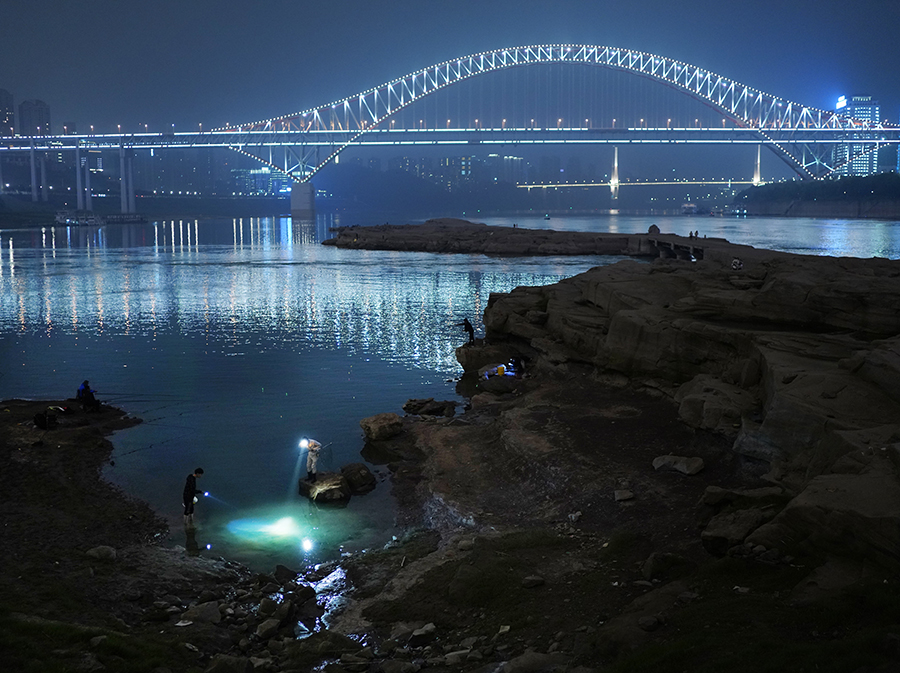
Fishing by the Yangtze River in central Chongqing, April 4, 2020. [Photo by Liu Song/China Daily]
Built on the side of Xiaobashan Mountain with two rivers meeting at its foot, Chongqing is often called the mountain city of China. The integration of mountainous terrain and urban construction creates a special landscape here. Driving on the roads in Chongqing, you will see buildings above you on one side of the road and buildings below you on the other, as well a skyline of layer upon layer of buildings on mountains. With dazzling night scenes, majestic bridges across the river, complex urban traffic and magical overpasses, the city might cause the most sophisticated drivers to get lost in chimeras and illusions during the night.
Due to its unique landscape and humid climate, Chongqing has many other names, such as the "burning furnace", not only because of its scorching summers, but also of its signature foods: spicy hotpot that enjoys a reputation nationwide. Chongqing is also called the "foggy city", since it is covered with a thick layer of fog for an average of 68 days a year, usually in spring or autumn. The fog gives the city an air of mystery.
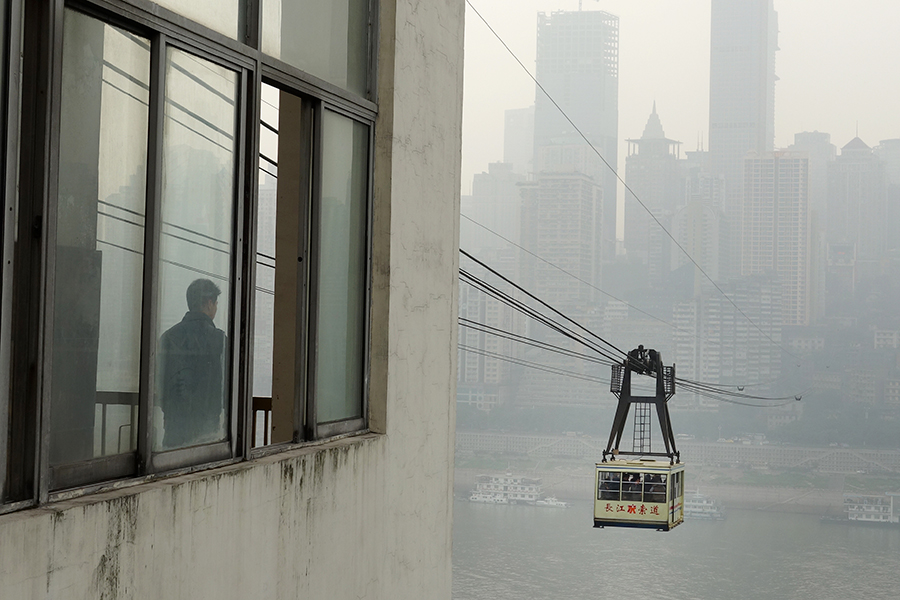
Chongqing Yangtze River Cableway, March 4, 2013. [Photo by Liu Song/China Daily]
As a Chongqing native, I can speak on the subject of every mountain and river here. Many times when someone asks me to brief the city, I can be more than happy to reel off the reasons behind its charisma. The love for the city runs deep in my blood. In the nearly 40 years since I was born, I have been witnessing Chongqing's rapid economic development and dramatic changes, but one thing remains intact-the straightforward and vigorous character of the Chongqing people. The ubiquitous street culture here endows the local food and the entire city with extreme spicy lure.
With the continuous improvement of Chongqing's comprehensive strengthen and the development in its tourism sector, more and more people come to Chongqing for sightseeing. What attracts them most in Chongqing is its unique topography and cultural customs. For people from neighboring cities, Chongqing is just a short train journey away, providing the perfect counterpoint to the peace and quiet of Southwest China's majestic and mountainous landscape.
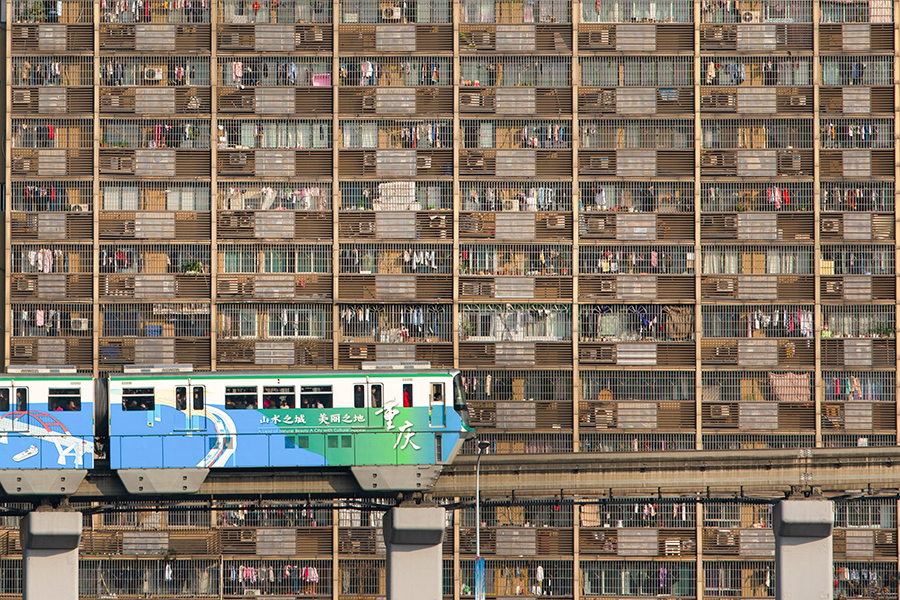
A transit train passing the residential buildings, March 25, 2019. [Photo by Liu Song/China Daily]
The scenes that are common in the eyes of Chongqing people are coveted in their eyes: tourists gather at the foot of the Liziba Light Rail Station only to watch the train pass through among the high-rise buildings. They feel the exhilaration that comes with a train roaring past. Some even venture to queue two hours or more just for an experience of a five-minute cableway tour across the Yangtze River.
There were few bridges in Chongqing in the past. The cableway across the river from Jiefangbei to Jiangbei on the opposite bank was the main transport for daily commuters in Chongqing. It only takes about four minutes to get to the opposite bank. In addition, you can also take a ferry. In my childhood, there was a big cluster of houses on stilts near Bridge No 1, and Chongqing at that time possessed a pristine look. With the development of the social economy, the Jiefangbei that I am most familiar with has continuously been rebuilt. Nowadays, Jiefangbei has changed into a neighborhood with the tallest buildings. Newsstands at the street corners disappeared as more people prefer reading on their mobiles.
Looking back at the changes in things around me over the past 10 years, as a Chongqing native, I am extremely proud.
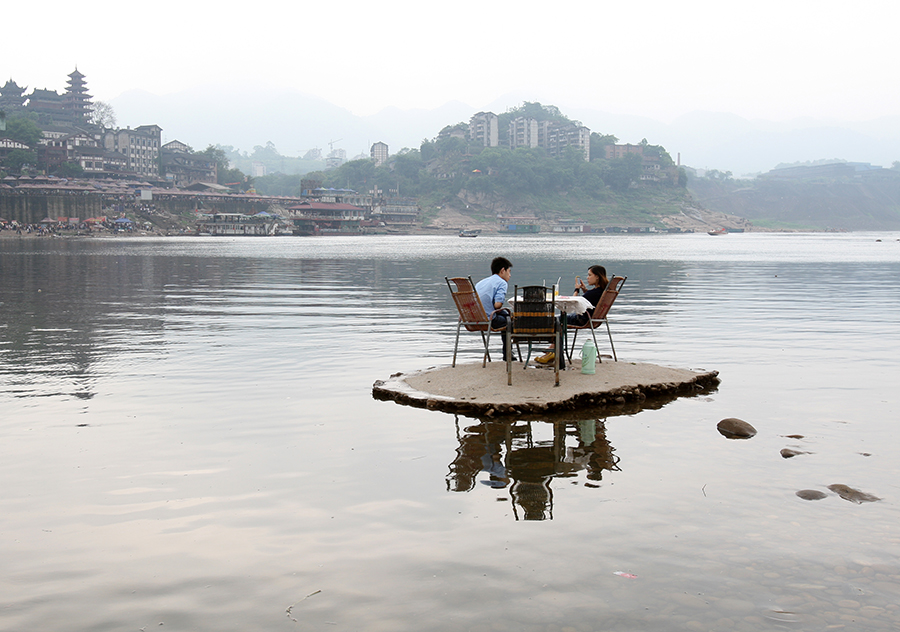
People drinking tea and relaxing by the river in Chongqing's Ciqikou, May 1, 2012. [Photo by Liu Song/China Daily]
Editor Ⅰ: Zhang Wenwen
Editor Ⅱ: Wu Dan
Editor Ⅲ: Liu Guosong







